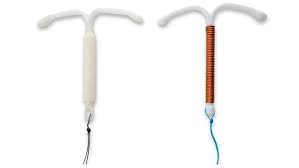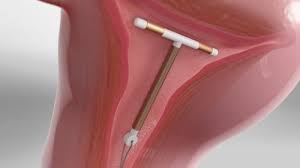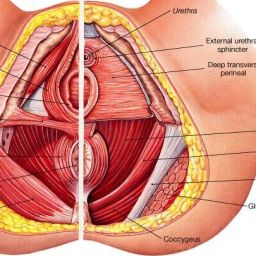
IUD Migration – Causes, Symptoms, and Treatment Options

Intrauterine devices (IUDs) are a popular and highly effective form of contraception. While they are generally safe and reliable, there have been rare cases where intrauterine devices have migrated to unexpected places within the body. In this post, we will explore the unusual but fascinating occurrence of an intrauterine device ending up in a woman’s bladder and discuss how such events can happen and what can be done about it.
The Unusual Case:
Let’s start by delving into the rare case of an IUD migrating into a woman’s bladder. While this is exceptionally uncommon, it has been documented in medical literature. The phenomenon typically occurs when the intrauterine device, a small, T-shaped device inserted into the uterus, moves from its intended location and finds its way into the bladder.
 How Does It Happen?
How Does It Happen?
The exact mechanisms behind IUD migration into the bladder are not fully understood, but a few factors may contribute:
1. Uterine Contractions: The uterus contracts naturally, and in some cases, these contractions may push the device out of its proper position.
2. IUD Type: Some intrauterine devices have been associated with a higher risk of migration due to their design or size.
3. Uterine Abnormalities: Women with certain uterine abnormalities may be at a greater risk of displacement.
4. Insertion Technique: If the IUD is not inserted correctly, it could increase the chances of it moving out of place.
Symptoms and Diagnosis:
When an intrauterine device migrates into the bladder, it can cause various symptoms, including:
– Frequent urination
– Pain or discomfort in the lower abdomen
– Blood in the urine
– Recurring urinary tract infections (UTIs)
To diagnose this rare occurrence, doctors may use imaging tests like ultrasound or X-rays to locate the IUD within the bladder.
Treatment Options:
If an intrauterine device is found in the bladder, it usually needs to be removed promptly to prevent complications like infection or damage to the bladder lining. Removal can typically be done through a cystoscopy, a minimally invasive procedure in which a thin tube with a camera is inserted into the bladder to retrieve the device.
Prevention and Precautions:
While such cases are exceedingly rare, it’s essential to follow these precautions when using an intrauterine device:
1. Choose an experienced healthcare provider for IUD insertion.
2. Attend regular follow-up appointments to ensure the IUD is in its correct position.
3. Be aware of any unusual symptoms or discomfort and report them to your healthcare provider promptly.
The migration of an IUD into a woman’s bladder is a rare occurrence, but it highlights the importance of proper insertion and regular check-ups when using this form of contraception. If you suspect any issues with your intrauterine device or experience unusual symptoms, seek medical attention promptly. Remember that IUDs remain a highly effective and safe contraceptive choice for the vast majority of users.
Disclaimer: The information provided in this content is for general informational purposes only. It is not intended as medical or healthcare advice, diagnosis, or treatment. Always seek the advice of a qualified healthcare professional with any questions you may have regarding a medical condition or healthcare decisions.
















